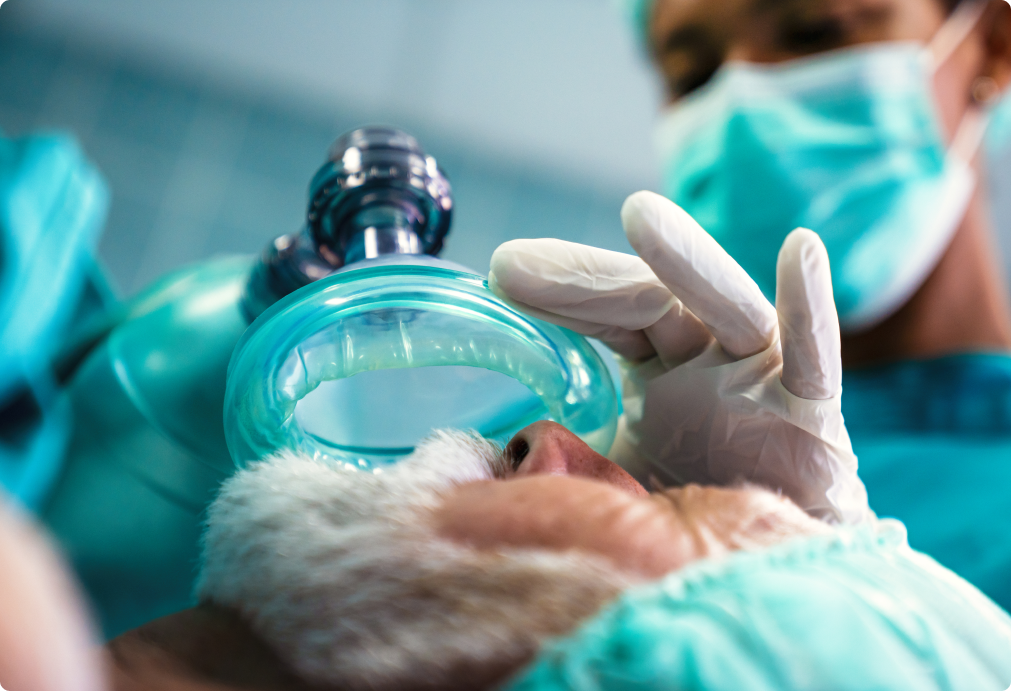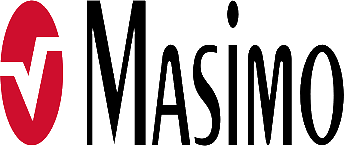Peer Review in Patient Safety for Anaesthesiology and Intensive Care (PRiPSAIC)
Enhancing patient safety in European anaesthesiology

The PRiPSAIC project and the development of our comprehensive online toolkit have been made possible through the generous support of our industry partners. This collaboration has allowed us to create a valuable, freely accessible resource for anaesthesiology departments across Europe.





About PRiPSAIC
- Proposal
- What is the PRiPSAIC Project?
- Create Your Own PRiPSAIC Network
- Benefits of creating a PRiPSAIC Network
- Getting Started with Your PRiPSAIC Network
The Peer Review in Patient Safety in Anaesthesiology and Intensive Care (PRiPSAIC) project is a pioneering initiative aimed at improving patient safety in anaesthesiology departments across Europe. By leveraging peer review methodologies and creating robust networks, we empower clinical anaesthesiologists to assess and enhance their safety practices effectively.
The PRiPSAIC project and the development of our comprehensive online toolkit have been made possible through the generous support of our industry partners. This collaboration has allowed us to create a valuable, freely accessible resource for anaesthesiology departments across Europe. The toolkit is designed to help anaesthesiology departments create local and national peer review networks, fostering a culture of continuous improvement and collaboration.
We encourage hospitals and anaesthesiology departments to use our online toolkit to establish their own peer review networks. Here’s how you can get started:
- Access the Toolkit: Access the full suite of PRiPSAIC tools and resources.
- Form Your Network: Reach out to nearby hospitals or connect with colleagues nationally to form your peer review network.
- Implement the Five-Step PRiPSAIC Approach
- Collaborative Improvement: Work with nearby hospitals to share insights and best practices, benefiting from a diverse range of perspectives.
- Practical Tools: Access user-friendly tools and templates to facilitate your safety assessments.
- Continuous Learning: Engage in ongoing education and improvement efforts, by sharing best practices staying at the forefront of patient safety standards.
- Flexibility: Tailor the peer review process to your local needs and resources.
- Cost-Effective: Utilize our free, industry-supported online tools to implement a robust safety program.
- Explore the Toolkit: Familiarise yourself with the online resources available.
- Engage Your Team: Discuss the PRiPSAIC approach with your colleagues and secure departmental support.
- Form a team: Create a project team with interested colleagues to help with the process.
- Identify Partners: Reach out to other hospitals or departments to form your collaborative network.
- Plan Your First Review: Use the PRiPSAIC resources to schedule and conduct your first peer review.
By integrating the PRiPSAIC toolkit into your department, you’ll not only improve your own practices but also contribute to a broader effort to elevate patient safety standards across Europe. The toolkit is designed to be user-friendly and adaptable, allowing you to progress at your own pace and focus on the areas most relevant to your department.
How to receive the toolkit and data sharing
Downloading the materials (free of charge) and contributing to our growing database of experiences will help us understand its impact across Europe. You can share your Annual Departmental Safety Report with ESAIC.
Follow the steps below to download the PRiPSAIC toolkit:
- create a MyESAIC account (if not yet available)
- Apply here to download the toolkit and respond to a short questionnaire.
- Log in via MyESAIC and click on “Shared Documents” from the top menu
- select the “PRiPSAIC Toolkit” and click on the button “Open” to download the files individually or click on the button “Download” to download the files altogether.
By downloading the toolkit and entering in the PRiPSAIC community, hospitals contribute to the larger patient safety community, gain insights from aggregated data across participating institutions, and have the opportunity to participate in PRiPSAIC research initiatives.
We assure all participants that shared data will be anonymized and treated confidentially in accordance with GDPR and other relevant data protection regulations. This collaborative effort not only enhances individual hospital practices but also contributes to the collective advancement of patient safety in anaesthesiology throughout Europe.
For any questions or support in using the toolkit or establishing your network, please don’t hesitate to contact us. Together, we can make a significant impact on patient safety in anaesthesiology across Europe






